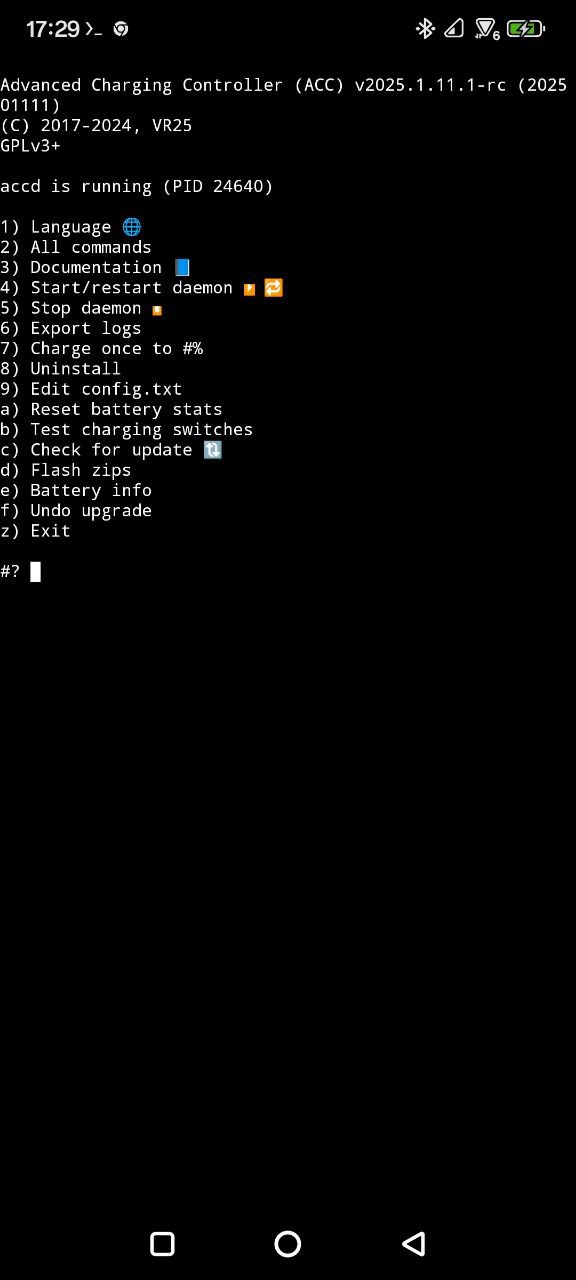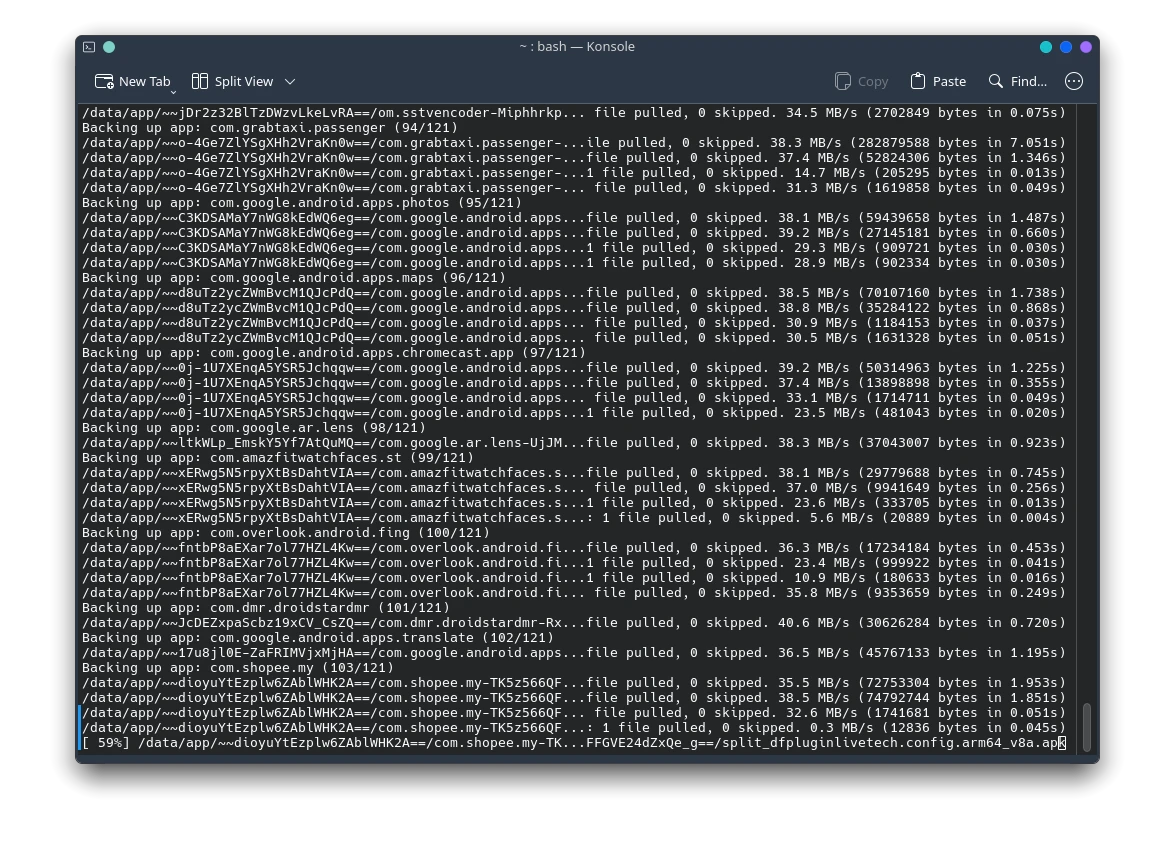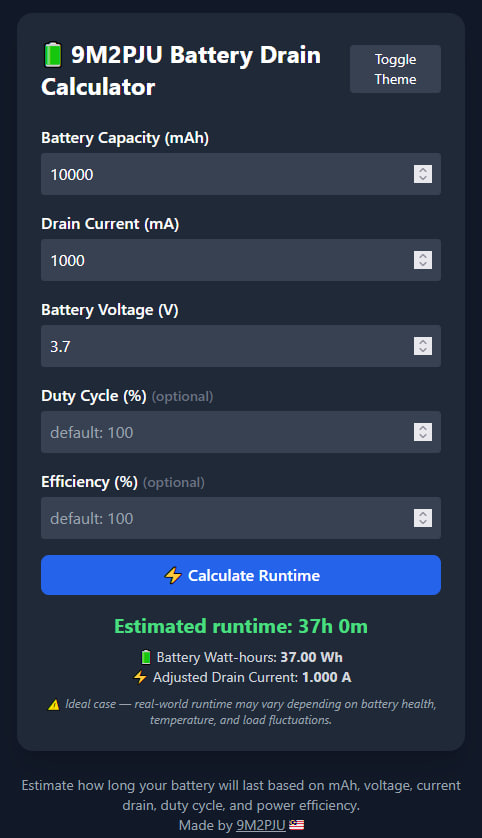Supercharge Your Battery Lifespan: A Look at Android’s Advanced Charging Controller (ACC)
Ever feel like your phone battery is aging faster than you are? Like it just doesn’t hold a charge the way it used to? Well, you’re not alone, and thankfully, the clever folks in the Android development community have been cooking up solutions. One particularly fascinating project is the Advanced Charging Controller (ACC), and let me tell you, it’s a deep dive into the art of battery preservation.
At its core, ACC is all about giving you, the user, the reins on how your Android device charges. Forget the “plug it in and hope for the best” approach. ACC empowers you to strategically limit charging current, temperature, and voltage – the three key factors that influence the long-term health of your lithium-ion battery.
What’s really cool is that ACC plays nice with virtually any rooted Android setup, whether you’re rocking KernelSU, Magisk, or something else entirely. Plus, the installation is “systemless,” meaning it integrates without making fundamental changes to your phone’s core software. Think of it as a sophisticated overlay that optimizes your charging habits.

Dive Deep into Customization (If You Dare!)
Now, this isn’t your grandma’s battery saver app. ACC offers a staggering level of customization through its config.txt file. We’re talking about the ability to:
- Set precise battery level thresholds for when charging should pause and resume. Want to keep your battery between an optimal 40% and 80% for longevity? ACC can do that.
- Implement “cooldown cycles” that strategically pause charging to combat the stress of high temperatures and voltages. You can even fine-tune the duration and trigger points for these cycles.
- Manually define maximum charging current and voltage limits. This is where the real power lies for those who understand the nuances of battery charging.
- Create rules based on temperature, pausing charging if things get too toasty and resuming when they cool down.
- Even trigger actions based on which apps are running, enabling an “idle mode” when you’re using certain power-hungry applications.
The sheer number of options might seem intimidating at first glance, but the developers have included a helpful wizard (acc command) to guide you through the basics. And for those who prefer a visual approach, they also mention the existence of front-end apps that simplify the configuration process.
A Word of Caution (and Wisdom)
It’s important to note that ACC interacts with low-level kernel parameters that control your device’s charging circuitry. The developers are upfront about this, advising users to read the documentation carefully and acknowledging that misuse could potentially lead to issues. They even highlight specific warnings for devices known to have finicky power management chips. This transparency is a breath of fresh air and underscores the importance of understanding what you’re tweaking.
More Than Just Charging Limits
Beyond the core charging controls, ACC packs in some extra thoughtful features:
- Automatic detection of charging switches: If you don’t want to manually configure the hardware controls for enabling/disabling charging, ACC can intelligently cycle through known switches until it finds one that works.
- Troubleshooting tools and logging: If you do run into any snags, ACC provides mechanisms for generating logs to help diagnose the problem.
- Even the ability to run scripts based on charging events, opening up a world of automation possibilities for advanced users.
The Verdict?
Advanced Charging Controller is a powerful and highly customizable tool for Android enthusiasts who are serious about maximizing their battery’s lifespan. It’s not for the faint of heart, and a basic understanding of battery technology and rooting is definitely recommended. However, for those willing to dive in and fine-tune their charging habits, ACC offers an unparalleled level of control and the potential for a significantly healthier battery in the long run.
Have you experimented with ACC or other advanced battery management tools? Share your experiences and tips in the comments below!







Post Comment